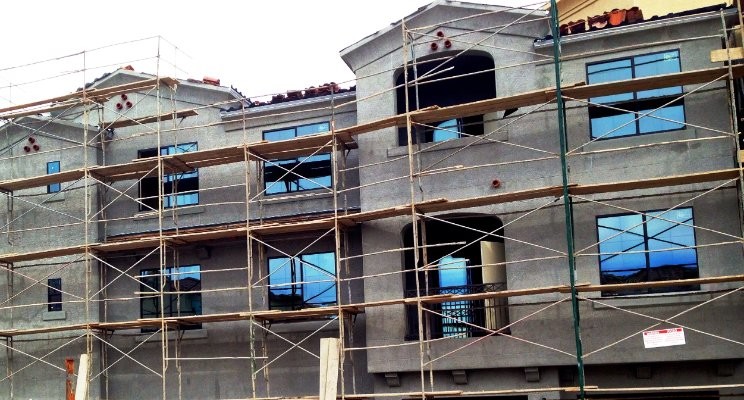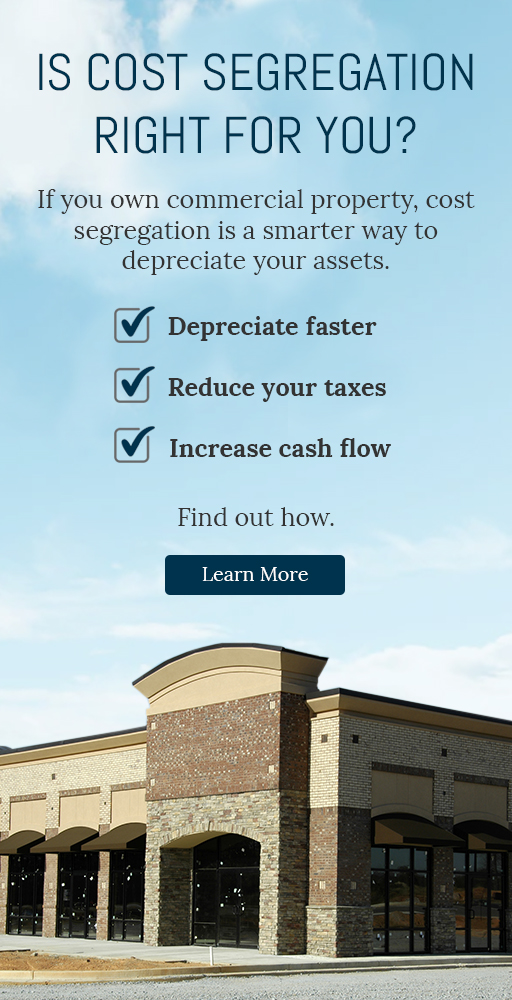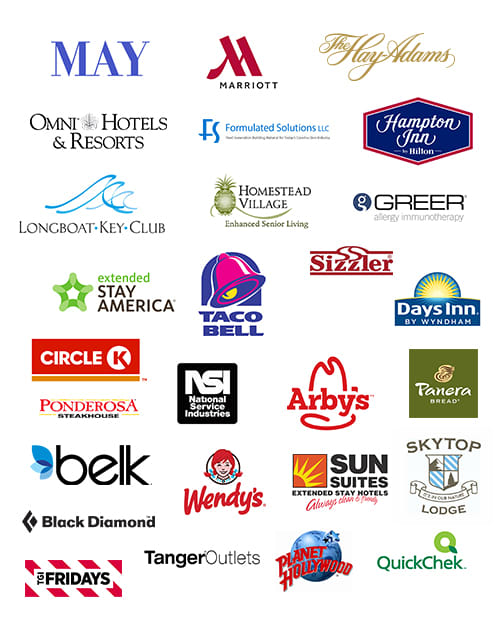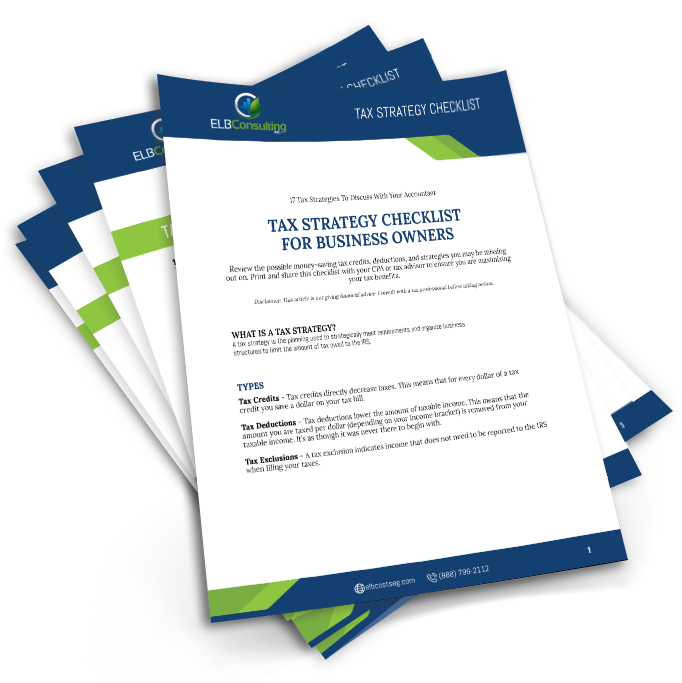Cost Segregation is an effective tax strategy
The fundamental role of cost segregation is to increase cash flow. The increase in cash flow is achieved by reducing your current income tax liability.
Cost Segregation is a lucrative Tax Strategy that should be used in almost every purchase of commercial real estate.” IRS, Wall Street Journal
Cost segregation may be one of the simplest tax-deferral strategies to implement. The property owner reduces taxes by reclassifying real property components (or Sec. 1250 property) to personal property (or Sec. 1245 property). This process assigns a shorter taxable life. The real property is depreciated straight-line for 39 (or 27.5 for residential) years, while the personal property can be accelerated and depreciated over 5, 7 or 15 years. [for more on component level depreciation see: https://elbcostseg.com/what-is-component-level-depreciation/]
From an income taxation perspective, this reclassification for taxable life can generate substantial tax savings. Thereby generating beneficial cash flow. By taking the deductions now, versus over 39 years, you are leverage the time value of money.
The importance of using a professional
That said, it is not as simple as someone arbitrarily assigning a life class to a unit of property. The IRS suggests a professional firm with expertise in engineering, construction methods, and accounting perform the cost segregation study.
Depending on the actual building use, property type, construction methods and the component level reclassification of personal property; the percentage of short life recovery deductions can vary greatly.
Fortunately, in today’s tax environment of 100% bonus depreciation, all the 5, 7 and 15 years property deductions can be taken immediately in year one. Versus being spread over there shorter accelerated life.
Example of a multi-family property:
- An investor acquires an apartment complex with a $10,000,000 depreciation basis and engages a firm to prepare a cost segregation study.
- The firm conducts the study and identifies 35% in short life components (5, 7, and 15 property). This creates $3,500,000 in accelerated tax deductions. Thanks to 100% Bonus Depreciation, this may all be taken immediately in year one.
- Since the investor falls into a 35% tax bracket, his Net Cash Benefit is $1,225,000. This is the money they are not paying the IRS because of the deductions.
While there are many other tax-deferral methods, cost segregation may be the most effective and easiest to employ by property owners. It provides to immediate deductions, and if done properly, the cost segregation asset detail will provide future component level expense value to dispose of, or retire assets due to renovations, repairs and maintenance.
“Cost Segregation is not a tax shelter. It is a specifically defined and guided I.R.S. tax reduction tool. Ninety percent (90%) of all commercial property investors are overpaying their federal income taxes.” The Journal of Accountancy
The fundamental concept of cost segregation to improve cash flow
By creating these increased tax deductions or deferrals based on short-life unit of property, you essentially reduce what you pay in taxes.
This in turn creates more cash for you to invest in your property/business or acquire more investment properties.




